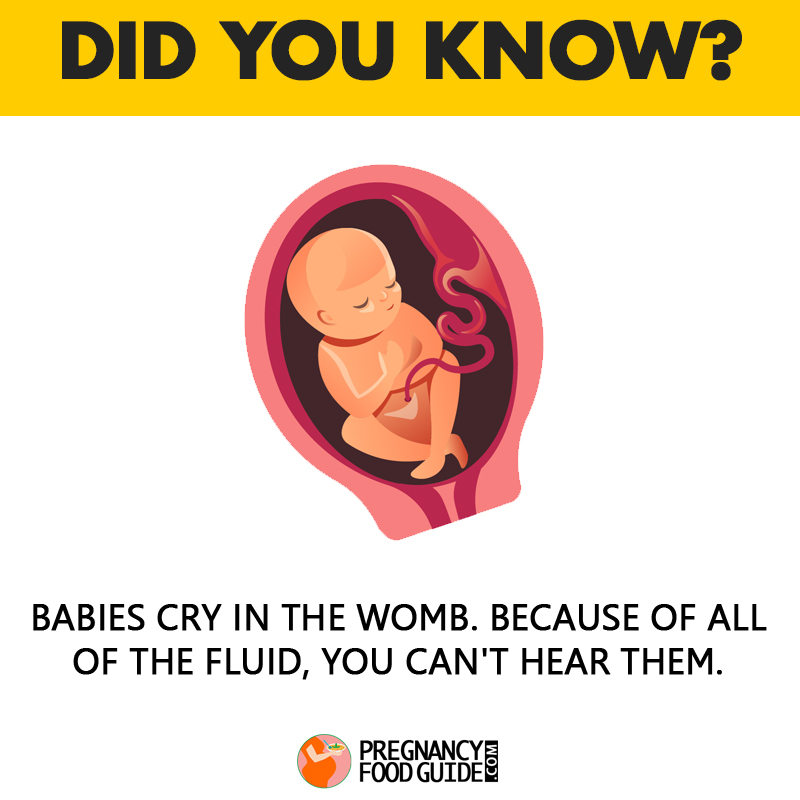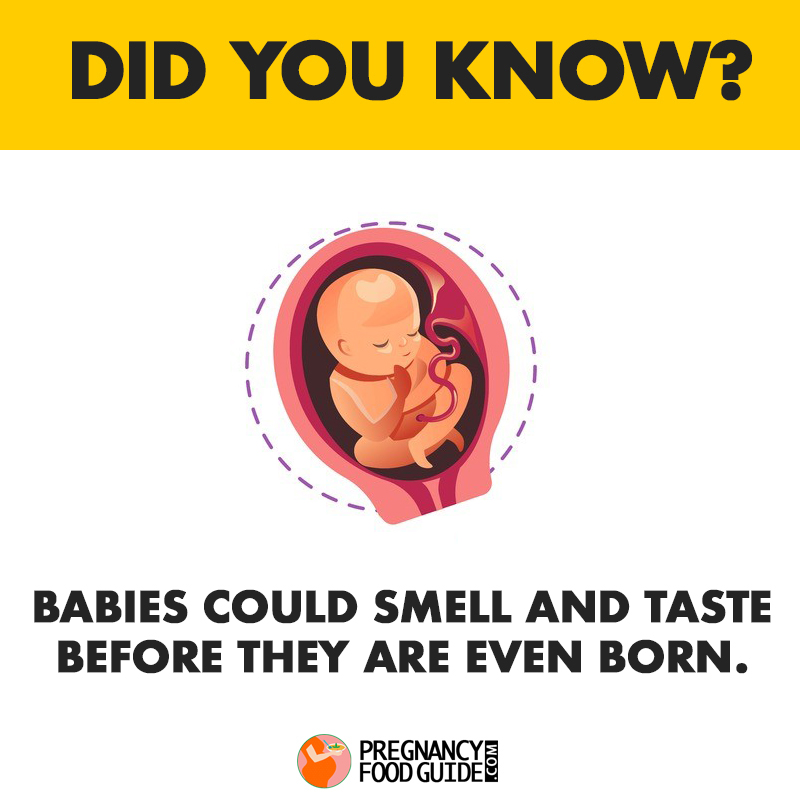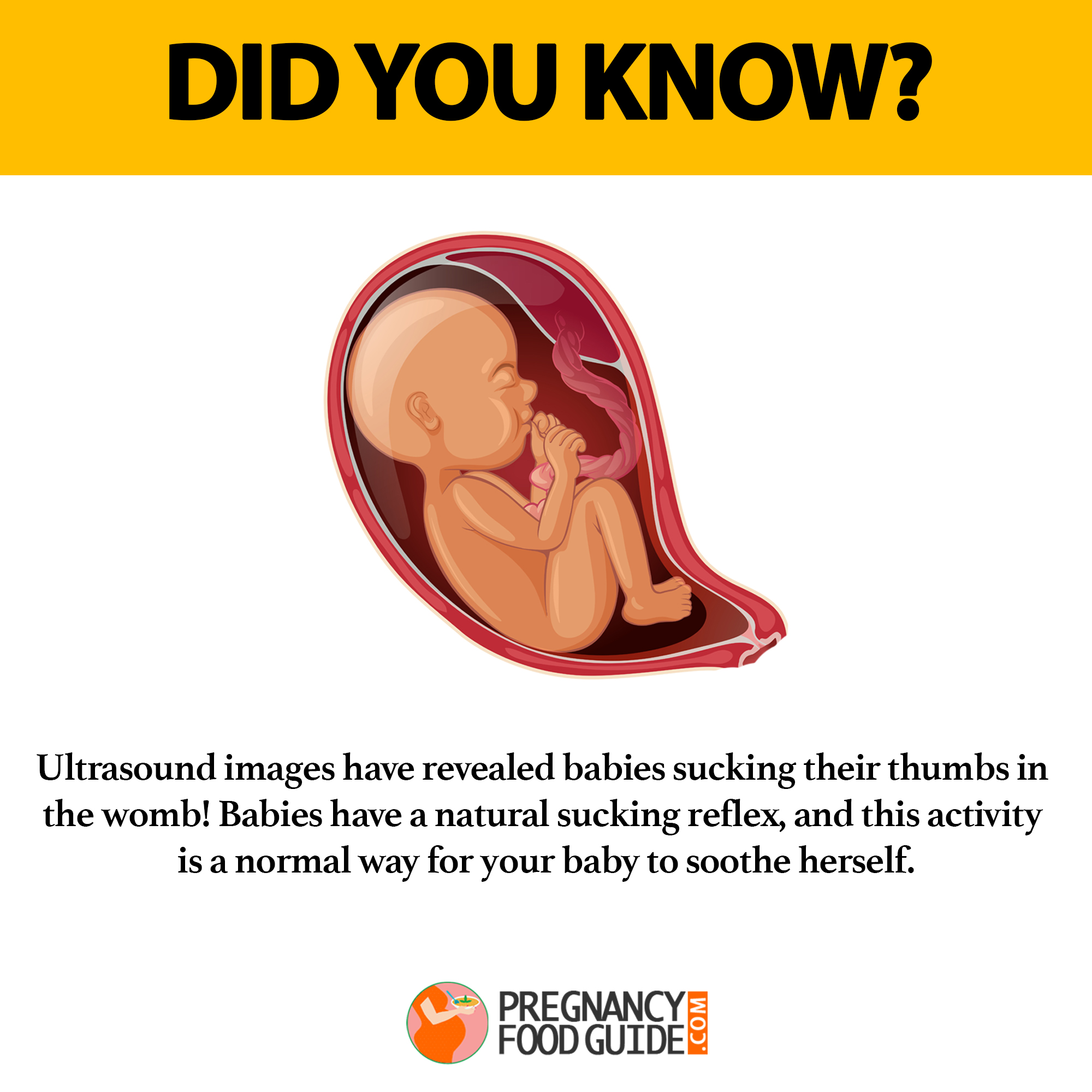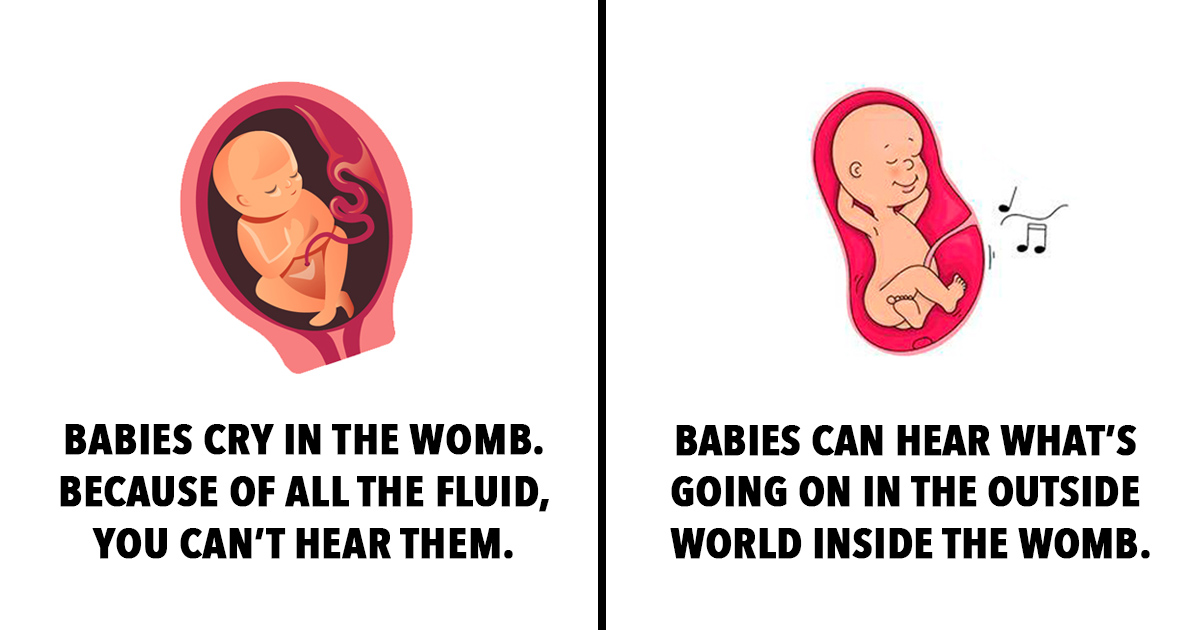Look at that adorable enceinte abdomen! You must be wondering, ‘What exactly goes around in that big ball of protruded flesh?’ Is the baby just ‘chilling’ in there, doing his little kickboxing sessions at 3 a.m. at midnight, or is there more to it?
The miracle of life begins way before you hear the first cry of a baby struggling to cope with the overwhelming new world. As your baby grows within your womb, it goes through various stages of development.
Your womb is their tiny, fluid home for nearly 40 weeks, and your little one can get quite comfortable in there. Here are some things that babies often do in the womb that can be both amazing and rather weird!
1. Babies Cry in There!
Research has incidentally displayed that there is significant evidence to believe that babies do cry way before they are brought out into the world. Now, crying, in its simplest form, seems to be
the plain annoying screeching that happens after birth.

For your baby to accomplish the process of crying inside the womb, quite a complex, well-coordinated process is underway. Your baby cries, but there is no sound. Also, the fact that babies cry within the womb is testimony to the fact that they have achieved certain developmental goals that allow them to respond to external stimuli.
Moreover, this also means that your baby knows that the stimulus is negative. In other words, they know something bad is happening.
2. They enjoy music and other comforting sounds
Yes, go ahead and play your soon-to-arrive cutie some Wagner or Taylor Swift- whatever floats your boat. An interesting study recently conducted in Helsinki showed that babies in the uterus actually recognize sounds and even music in the third trimester of pregnancy. If you watch a TV show regularly, they even learn to recognize the theme song from your favorite series!

In the study, some babies had a popular nursery rhyme played to them frequently. After they were born, the babies displayed recognition for this particular song, evident by their increased brain activity.
Other studies have also shown that babies in the womb are comforted by a story or poem being read to them repeatedly by their mothers. Talk to your baby and bond with them. They can indeed hear you, even if they can’t understand you.
3. They taste what you eat and smell what you smell!
Around 28 weeks of pregnancy, as you enter your third trimester, your baby can recognize scents just like you do. They respond to the smells as well and can be seen expressing their displeasure at unpleasant smells.

During pregnancy, whatever you eat passes through the amniotic fluid where your baby practically lives. So, not only do they get a taste of what you eat, but they can also smell what’s been cooking.
Studies have shown that babies tend to recognize the odors of richly flavored food consumed by the mother during the third trimester. Any scented lotion or perfume you apply on your skin is absorbed into your bloodstream, and this can be sensed by your baby as well!
4. Thumbs Up – Quite literally!
The mini-you does not waste any time getting started with their favorite activity – thumb suc king. It is possible to see babies s.ucking their teeny-tiny fingers on an ultrasound.

The interesting part is that the hand your baby prefers for their pastime (thumb-s.ucking) can be a potential indicator of their left/right-handedness. If you are pondering over if you could figure out if they possess ambidexterity – you can’t.
Thumb suc king usually continues even after the baby is born, and it is considerably fine during the earliest years of their growth and development out in the open world.
5. They ‘Express’ Emotions!
The miracle of 4D fetal scanning has revealed that unborn babies, starting from around 24 weeks, are capable of depicting facial expressions. Yes, your baby can smile inside the womb by curling their little faces. While you might think that this is the result of a nice dream or a story you have been reading to them, sadly, it is not that meaningful.
This is merely a reflex smile that indicates that the baby is learning to utilize facial muscles to display responses. Scientists describe these expressions to be merely innate reflexes being developed by babies in preparation for their birth. As they grow and the pregnancy progresses, babies achieve the ability to display more complex emotions such as frustration or pain.
6. They hiccup inside the womb
Upon noticing rhythmic movement in the womb, it is not bizarre to think that the maybe might be kicking or moving around. However, if the movement is unusually rhythmic, it could be a sign of your baby hic-hic-hiccuping inside the womb.
Have you learned from some lady next door or on a random blog post that hiccups in the womb may be indications of potential danger in the utero? You do not need to fret because hiccups in the fetus are totally normal. The ‘dangers’ are nothing but hand-me-down stories that cause undue stress to expecting parents.
7. Babies possibly visit the dreamland too
Although the research on fetuses and the possibility of them dreaming is limited, given how difficult it can be to study such a phenomenon up close, a few researchers think it’s possible!
Some researchers are of the opinion that your baby may be having their first dream while still inside the womb. So grab that baby blanket, and put on that slow song to snuggle your baby up even though you can’t put him to sleep on your own.
8. They smile, AND they bond
Thanks to technology, sonographers have discovered that babies aging around 26 weeks start practicing their heart-melting smile in the womb. This could possibly be their way of expressing gratitude for the comfort they are developing in the uterus (or maybe the fact that you feel happy too).
Babies bond with their mothers while they are still getting all cozy inside the mother’s abdomen. So, whether you were complaining about your sprinting moods (that could beat Bolt) or indigestion from last night, your baby is listening to it all. They may not be able to understand it but be assured that they will recognize your voice when they are welcomed in this world.
9. It is a sticky mess of hair in there
During the second trimester of pregnancy, the fetus is covered in lanugo. This can be described as a coating of fine hair all over the fetus’s body. To top it all off, they have a thick, greasy, and cheesy (in texture) coating of vernix – a waxy substance. The babies later shed the lanugo, while the vernix helps protect their delicate skin inside the womb.
Pregnancy is quite the rollercoaster of growth and development for you and your baby, loaded with surprises and joy. For more such fascinating insights into this wonderful period of your life, check out our other posts as well!

